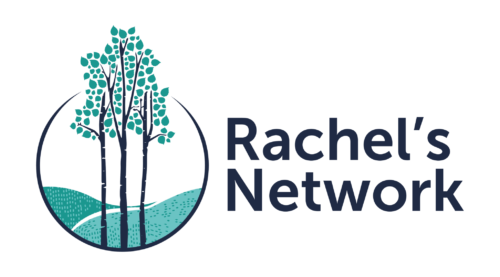After our Fall Retreat in Yellowstone National Park, we asked four influential figures in National Parks management and protection to share how they would like to see more funds directed to conservation in the United States. Their responses illustrate that, despite our world-renowned system of public lands, many threats loom over our treasured habitats and wildlife.
[separator_small separator_width=’100%’ thickness=’1′ up=’10’ down=’20’]
Our National Parks offer unparalleled opportunities to study wildlife dynamics on an ecosystem level. Current efforts in Yellowstone include monitoring the effects of climate change on plants and animals, protecting keystone species such as wolves and bears, restoring populations of native fish, and providing visitor education programs which promote safe and responsible wildlife viewing.
Additional funding would result in cutting-edge science projects and state-of-the-art education programs which would enable managers to achieve the fine balance between park preservation and visitor enjoyment.
— Jeff Brown, executive director of the Yellowstone Association
[separator_small separator_width=’100%’ thickness=’1′ up=’10’ down=’20’]
In the Northern Rockies, wildlife need three things – large, healthy, secure places to live; connections among these large places, and increasing tolerance from the people who live, work, and recreate in wildlife habitat.
Connections among core habitats will be essential for wildlife to expand their ranges, adapt to climate change, and ensure genetic viability for slower reproducing species like grizzly bears and wolverines. We must also look at barriers such as transportation networks, natural resource development proposals, and poor land management practices.
We must also decrease conflicts with people through tools such as electric fencing and bear spray; management techniques such as range riders, carcass pick up, timing and siting of human & livestock activities; and education so that wildlife can stay wild and people can stay safe.
And finally, we need sensible, science-based wildlife management policies that prioritize the long term viability and expansion of wildlife species and their habitat. These efforts can take many years to accomplish and require sustainable, reliable funding sources.
— Caroline Byrd, executive director of the Greater Yellowstone Coalition
[separator_small separator_width=’100%’ thickness=’1′ up=’10’ down=’20’]
There are many pressing needs, but focusing funding on protecting our endangered species and the habitat they need to survive has got to be at the top of the list. Hundreds of imperiled species are currently in regulatory limbo, awaiting Endangered Species Act (ESA) protections. But due to lack of funding, the Fish and Wildlife Service has not been able to eliminate its backlog of candidate species for listing under the ESA.
The National Wildlife Refuge System has also been starved for funding for years. It is time to once again recommit our country to providing the financial support necessary to protect this national treasure, the finest wildlife habitat conservation system in the world.
Climate change is a clear and serious threat to our wildlife, our public lands and ourselves. Adequately funding the National Climate Change and Wildlife Science Center will support planning for climate change adaptation and building up the resiliency of ecosystems.
And finally, our country needs to focus on moving away from fossil fuels. But we need to ensure that any renewable energy development avoids environmentally sensitive areas by providing adequate funding to review and properly site renewable projects. Proactively conserving our imperiled wildlife and natural resources will benefit us today and save money tomorrow.
— Jamie Rappaport Clark, president and CEO of Defenders of Wildlife
[separator_small separator_width=’100%’ thickness=’1′ up=’10’ down=’20’]
People need to follow their heart – don’t support things you don’t believe in. Even so, getting the facts right is very important. Done well, research supports good decision making. In this day and age, the heart is maybe a more important guide than the head, so do both!
— Doug Smith, Yellowstone wolf biologist
[separator_small separator_width=’100%’ thickness=’1′ up=’10’ down=’20’]


